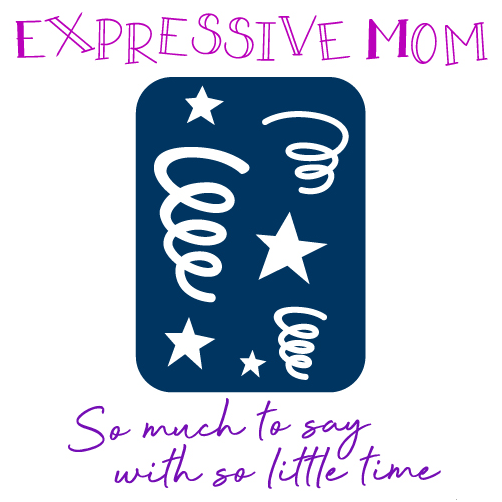Kitchen cabinets are one of the most important elements of any kitchen. They add functionality, style, and organization to your space. However, despite being a focal point, they are often overlooked when it comes to proper care. Neglecting them can lead to unnecessary wear and tear, leaving you with costly repairs or replacements. Understanding what damages your cabinets is the first step toward quality kitchen cabinet maintenance. Here are five things that will damage your kitchen cabinets.
1. Regular Cleaning Mistakes
While regular cleaning is essential, using the wrong techniques or products can do more harm than good. Harsh cleaning chemicals and abrasive scrubbers can strip away the cabinet’s finish, leaving it dull and prone to further damage. Instead, stick to a soft cloth and a mild detergent to keep them clean. Wipe spills immediately to prevent stains from settling, and don’t forget to dry them after cleaning to avoid lingering moisture.
2. Water and Moisture Exposure
Water damage is one of the biggest threats to kitchen cabinets, especially if they’re made of wood. Constant exposure to steam, spills, or leaks can seep into the wood, causing warping or cracking. Preventing water damage on your cabinets starts with identifying potential trouble areas, like under the sink or near dishwashers. Fix leaks promptly, use waterproof mats in high-moisture zones, and always dry water off the cabinet surfaces to keep them safe.
3. Improper Use and Overloading
Cabinets might be sturdy, but they aren’t indestructible. Using them as makeshift step stools or overloading them with heavy dishes can lead to loose hinges, misaligned doors, and weakened shelving. To avoid this, distribute weight evenly across your cabinets and avoid stacking too many heavy items on a single shelf. Treat your cabinets as storage units, not climbing equipment, and you won’t have to worry about unnecessary repairs.
4. Heat and Sunlight Exposure
Heat and sunlight often fill your kitchen; while this is inevitable, it can spell trouble for your cabinets. Direct heat from stovetops or appliances and prolonged sunlight exposure can cause the finishes and surface materials to fade, crack, or peel. There are a few things to remember when protecting your cabinets. Always use a range hood to direct heat away, install blinds or curtains to limit UV exposure, and avoid placing heat-producing appliances like toasters directly under the cabinets.
5. Pests and Mold Problems
Unchecked pests and mold are silent destroyers of kitchen cabinetry. Rodents, termites, and ants can gnaw through materials, while mold thrives in dark, moisture-rich environments. To combat these threats, keep your kitchen clean and free of crumbs, seal gaps or cracks, and repair leaks promptly to prevent dampness. If you suspect a pest or mold issue, address it immediately to stop further damage to your cabinet surfaces and interiors.
Understanding the various factors that can damage your kitchen cabinets will help extend their lifespan. Pay attention to these common culprits, and take action before any damage occurs. If your cabinets already show signs of wear, now’s the time to start protecting them from further harm. A little effort today can save you from major repairs tomorrow.



Connect With Me !